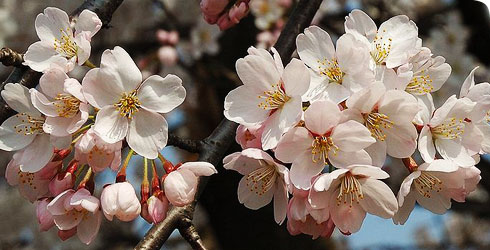Prunus serrulata (Japanese flowering cherry)
Prunus serrulata the Japanese flowering cherry tree is an ornamental tree producing masses of blossom and an icon of spring in the UK.
Wild Prunus serrulata originated in asia and is found in northern and central China, through Manchuria to Korea and Japan. Prunus serrulata can be traced back to as early as the fifteenth century.
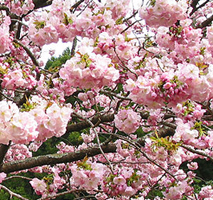
Prunus serrulata © Tawashi 2006
Prunus serrulata is a variable species that also forms natural hybrids with close relatives such as
- Prunus sargentii - Sargent’s cherry
- Prunus speciosa - Oshima cherry
The species beauty and variety of natural hybrids led to widespread cultivation of Prunus serrulata over hundreds of years.
Cultivation leading to a vast assemblage of complex hybrids and cultivars of Prunus serrulata which are widely planted throughout Europe and North America.
Species detail
-

Taxonomy
Find out about the genus Prunus and get a description of the form and structure of Prunus serrulata. Learn about the different varieties of this species and find out how it can be distinguished from other cherry species.
-

Distribution and habitat
Discover where in the world Prunus serrulata is found and more about its natural habitat.
-

Biology
Learn about the size and reproductive patterns of the Japanese flowering cherry.
-

History
Prunus serrulata can be traced back to as early as the fifteenth century. Find out more about the history of this tree.
-

Varieties
There are three other recognised varieties of Prunus serrulata as well as the typical form Prunus serrulata var.serrulata. Find out more about these other varieties.
-

References
Get reference material for Prunus serrulata.
Images
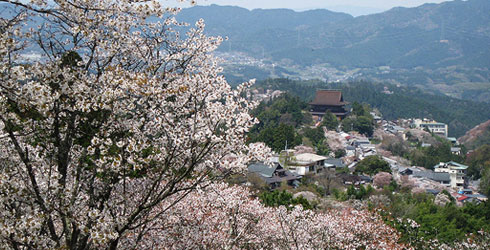
Wild Prunus serrulata cherry trees in Yoshinoyama, Japan.
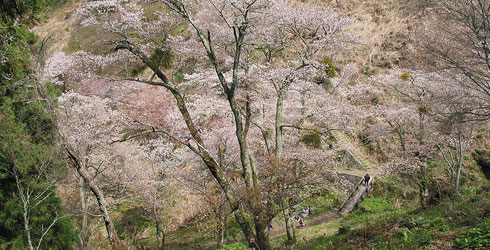
Prunus serrulata cherry trees blossoming at Yoshinoyama, Japan.
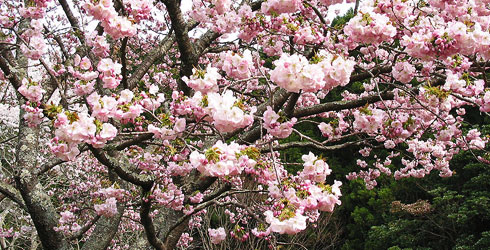
Prunus serrulata has profuse blossom in spring.
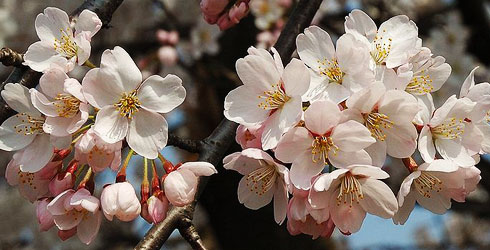
Prunus serrulata clusters of flowers open just before the leaves appear.
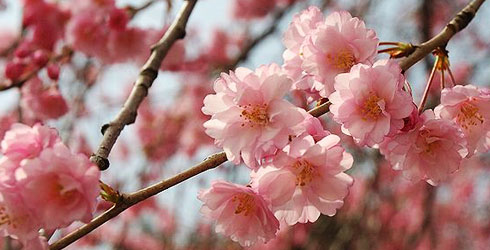
Prunus serrulata flowers may be white or pink.
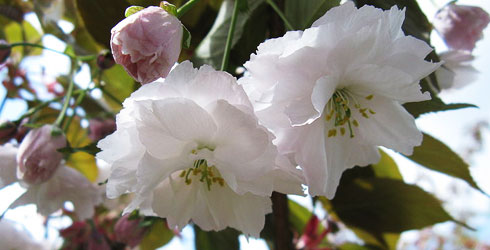
Double flower forms are common in Prunus serrulata both in the wild and in cultivation.
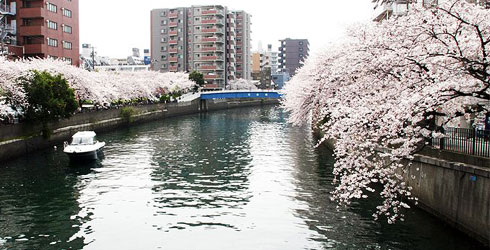
Prunus serrulata cherry trees in Yokahama, Japan.
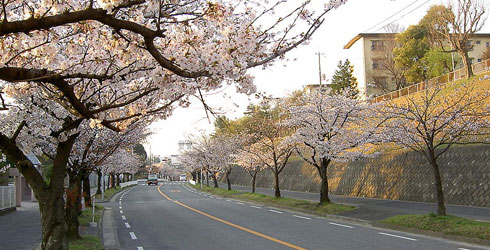
Prunus serrulata is often used as a street tree, lining a road in Osaka
Author
Bob Press
Former Associate Keeper of Botany
Department of Botany
